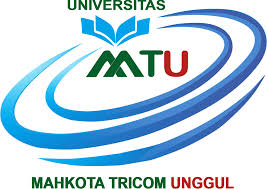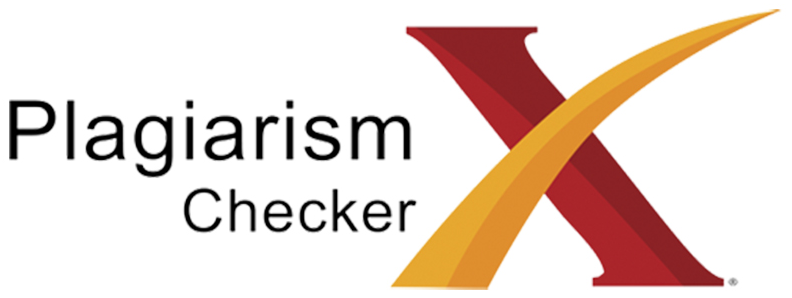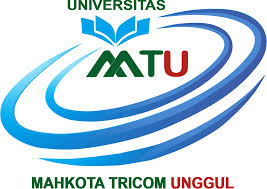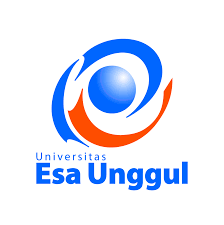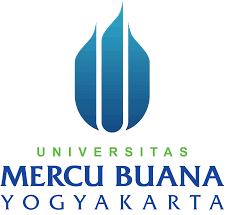Evaluation of Drug Management and Clinical Pharmacy Services with Problem Priority Scale Determination Using the Hanlon Method and Follow-Up with a Fishbone Diagram at Delanggu Public Health Center in 2023
DOI:
https://doi.org/10.55927/fjst.v4i9.232Keywords:
Community Health Center, ITOR, Hanlon Method, Fishbone DiagramAbstract
This study evaluated the drug management system and clinical pharmacy services at Delanggu Community Health Center in accordance with Minister of Health Regulation No. 74/2016. An observational cross-sectional design was applied with purposive sampling of the responsible pharmacist. Data were analyzed descriptively, supported by the Hanlon method and fishbone diagram. The results showed that most drug management indicators met standards; however, the ITOR was low (1.2 times/year) and expired drugs reached 6.8%. Clinical pharmacy services were well implemented in prescription assessment, drug information, and counseling, but activities such as PTO, MESO, and patient visits remained suboptimal due to limited human resources. Hanlon’s analysis identified the low ITOR as the top priority, requiring improvement through better logistics management and strengthening the pharmacist’s role in drug evaluation.
References
Cholilah, S. (2018). Evaluation of drug use in primary healthcare facilities in Central Java. Jurnal Ilmiah Farmasi, 9(2), 145–153.
Daulay, A., Lubis, H., & Siregar, R. (2018). Factors influencing pharmacists’ performance in pharmaceutical services. Jurnal Ilmiah Farmasi, 15(2), 123–131.
Daulay, E. H., Oviani, G. A., Erlianti, K., Fudholi, A., & Ayu, D. (2018). Analysis of pharmacists’ performance and influencing factors in the era of the National Health Insurance at primary health centers. Journal of Management and Pharmacy Practice, 8, 7.
Ishikawa, K. (1990). Introduction to quality control. Tokyo: 3A Corporation.
Ministry of Health of the Republic of Indonesia. (2014). Regulation of the Minister of Health of Indonesia Number 75 of 2014 concerning Community Health Centers. Jakarta: Ministry of Health RI.
Ministry of Health of the Republic of Indonesia. (2016). Regulation of the Minister of Health Number 74 of 2016 concerning changes in pharmaceutical service standards at primary health centers. Jakarta: Ministry of Health RI.
Ministry of Health of the Republic of Indonesia. (2018). Regulation of the Minister of Health Number 5 of 2018 on the third amendment to the Minister of Health Regulation Number 71 of 2013 concerning healthcare services in the National Health Insurance program. Jakarta: Ministry of Health RI.
Ministry of Health of the Republic of Indonesia. (2019). Technical guidelines for pharmaceutical service standards at primary health centers. Jakarta: Ministry of Health RI.
Ministry of Health of the Republic of Indonesia. (2020). Amendment to the Minister of Health Regulation Number 74 of 2016 concerning pharmaceutical service standards at primary health centers. Jakarta: Ministry of Health RI.
Notoadmojo, S. (2012). Health research methodology. Jakarta: Rhieka Cipto.
Nugrahaini, E. V. S. (2023). Analysis of drug management and improvement strategies using the Hanlon method in pharmaceutical installations. Journal of Telenursing (JOTING), 5(2), 1–15.
Puspitasari, D., Lestari, R., & Anggraeni, D. (2021). Application of the Fishbone diagram in analyzing drug management problems in primary health centers. Jurnal Kefarmasian Indonesia, 11(2), 87–95.
Putri, A. (2021). Compliance with the administration of oral rehydration salts and zinc in diarrhea cases at primary health centers. Jurnal Kesehatan Masyarakat, 16(1), 55–63.
Putri, A. R. (2021). Implementation of drug information services in primary health centers and their effect on patient understanding. Jurnal Ilmiah Kefarmasian, 11(1), 45–52.
Putri, A., Santoso, H., & Pradana, R. (2021). Challenges in implementing drug therapy monitoring in primary healthcare services. Jurnal Farmasi Indonesia, 12(2), 115–124.
Quick, D. J., Hume, M. L. O., Raukin, J. R., Laing, R. O., & O’Conner, R. W. (2012). Managing drug supply: The selection, procurement, distribution and use of pharmaceuticals (2nd ed., revised and expanded). West Hartford, CT: Kumarian Press.
Satibi, Rifqi, A. R., & Hardika, A. (2019). Developing consensus indicators to assess pharmacy service quality at primary health centers in Yogyakarta. Malaysian Journal of Medical Sciences, 26(4), 110–121.
Satibi, Septimawanto, D. P., Rifqi, M. R., & Hardika, A. (2019). Assessment of pharmaceutical service quality at primary health centers. Yogyakarta: Gadjah Mada University Press.
Satibi. (2019). Drug and BMHP management in primary healthcare facilities. Yogyakarta: Gadjah Mada University Press.
Susyanty, A. L., Yuniar, Y., Herman, M., & Prihartini, N. (2021). Compliance of pharmaceutical services implementation at primary health centers. Media of Health Research and Development, 30(1), 64–74.
Tague, N. R. (2005). The quality toolbox (2nd ed.). Milwaukee: ASQ Quality Press.
Wibowo, H., & Nurhayati, S. (2019). Root cause analysis of pharmaceutical service quality using the Fishbone method. Jurnal Manajemen Pelayanan Kesehatan, 22(3), 145–152.
Yuniar, D., & Handayani, R. (2020). Efficiency of drug management through ITOR analysis in primary health centers. Jurnal Kesehatan Masyarakat, 15(2), 122–131.
Yuniar, Y., & Handayani, R. S. (2020). Clinical pharmacy services at primary health centers: Implementation and challenges. Jurnal Kefarmasian Indonesia, 10(1), 45–52.
Downloads
Published
Issue
Section
License
Copyright (c) 2025 Annisa Nofita Ashriyani, Jason Merari Peranginangin, Ika Purwidyaningrum

This work is licensed under a Creative Commons Attribution 4.0 International License.



